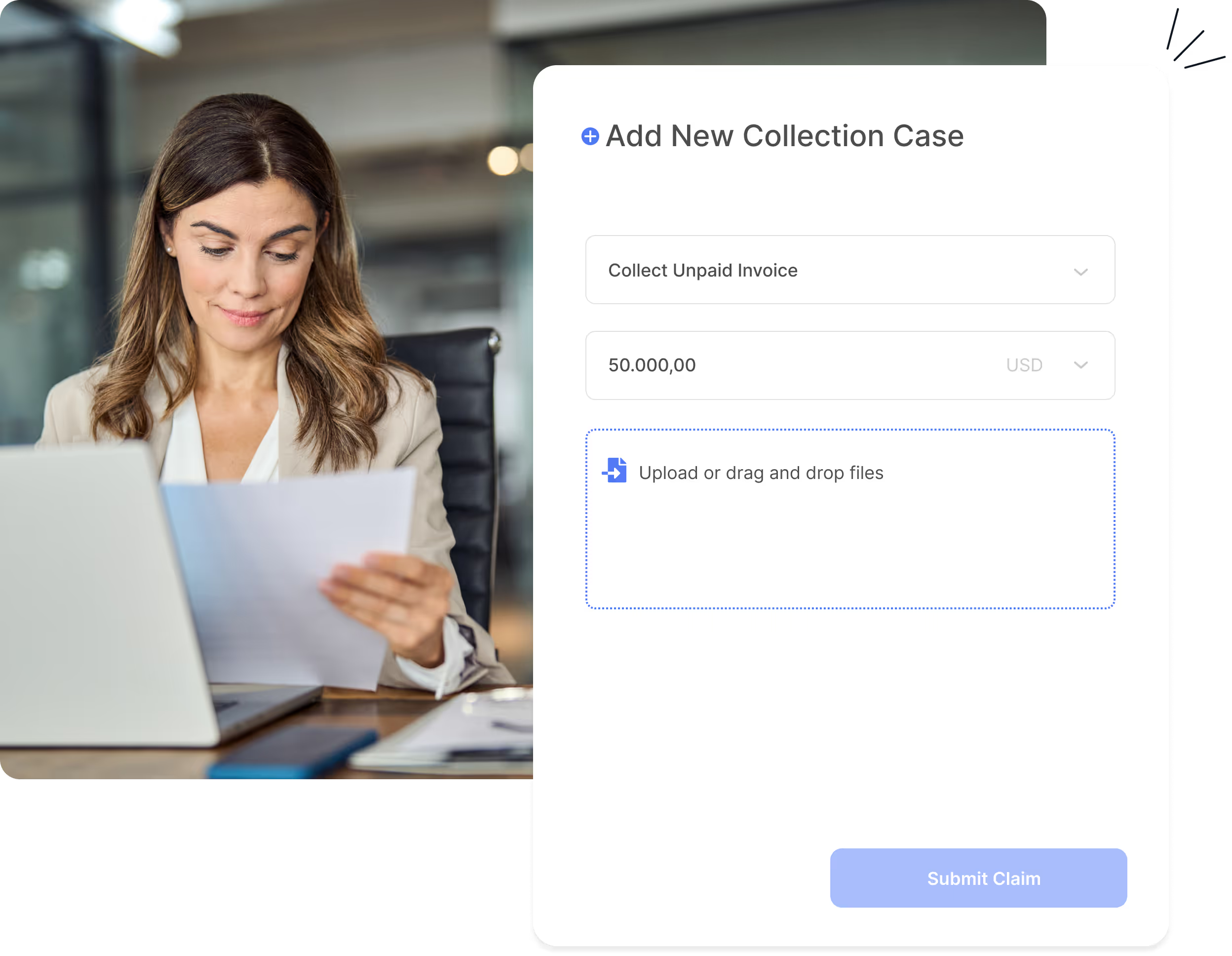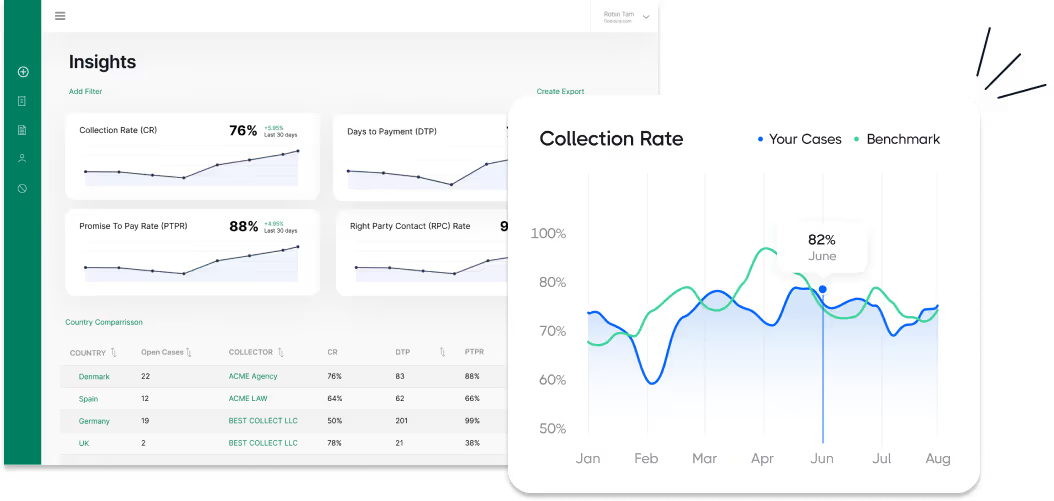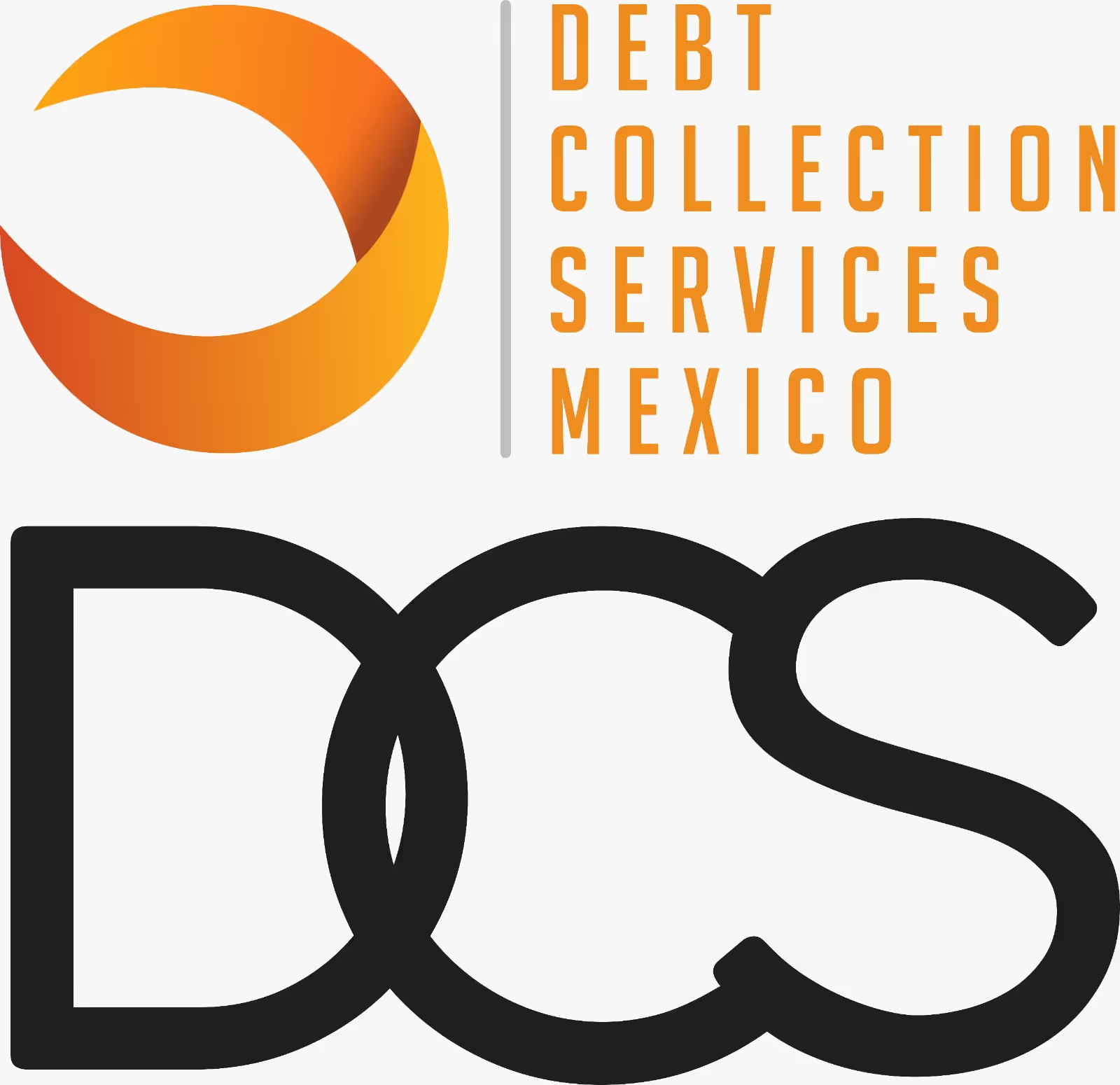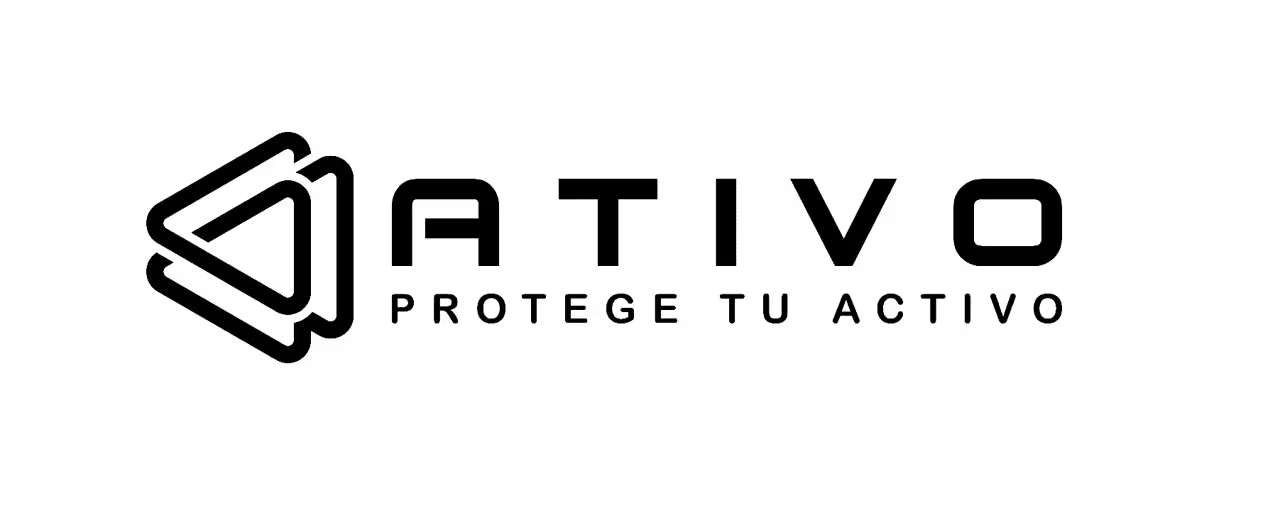Debt Collection Agency in Mexico | Fast, Transparent Recovery
Stop chasing overdue invoices in Mexico. Your claims are handled by Ativo, our licensed local debt collection agency (agencia de cobranza), ensuring fast recovery, full compliance, and zero upfront costs. Submit claims in minutes, track real-time updates, and only pay if your money is recovered.


Why Choose Debitura for Debt Collection in Mexico?
Recovering debts in Mexico requires local expertise, legal compliance, and a transparent process. With Debitura, your claims are managed by Ativo, our licensed local partner in Mexico City. We offer a no-cure-no-pay model, real-time tracking, and full compliance with Mexican regulations.
What Sets Us Apart
- Licensed Local Experts: Ativo is a registered agencia de cobranza, fully licensed under Mexican law, ensuring your collections are handled by certified professionals.
- No Cure, No Pay: Our success-based model means you pay nothing upfront. Fees apply only upon successful recovery, starting as low as 7.5%
- Real-Time Transparency: Track every step of your case through our secure online portal, providing updates from initial contact to final settlement.
- Full Legal Compliance: We adhere strictly to Mexico's Código de Comercio and Código Civil Federal, ensuring all actions are legally sound.
- Proven Results: Our integrated approach has increased recovery rates by up to 40% while reducing administrative workload by 80%.
Debitura's partnership with Ativo transformed our debt recovery process in Mexico—efficient, transparent, and compliant. - CFO, International Exporter




Why Choose Debitura for Debt Collection in Mexico?
Recovering debts in Mexico requires local expertise, legal compliance, and a transparent process. With Debitura, your claims are managed by Ativo, our licensed local partner in Mexico City. We offer a no-cure-no-pay model, real-time tracking, and full compliance with Mexican regulations.
What Sets Us Apart
- Licensed Local Experts: Ativo is a registered agencia de cobranza, fully licensed under Mexican law, ensuring your collections are handled by certified professionals.
- No Cure, No Pay: Our success-based model means you pay nothing upfront. Fees apply only upon successful recovery, starting as low as 7.5%
- Real-Time Transparency: Track every step of your case through our secure online portal, providing updates from initial contact to final settlement.
- Full Legal Compliance: We adhere strictly to Mexico's Código de Comercio and Código Civil Federal, ensuring all actions are legally sound.
- Proven Results: Our integrated approach has increased recovery rates by up to 40% while reducing administrative workload by 80%.
Debitura's partnership with Ativo transformed our debt recovery process in Mexico—efficient, transparent, and compliant. - CFO, International Exporter
The ultimate guide about debt collection in Mexico
Why you can trust this guide
At Debitura, we uphold the highest standards of impartiality and precision to bring you comprehensive guides on international debt collection. Our editorial team boasts over a decade of specialized experience in this domain.
Questions or feedback? Email us at contact@debitura.com — we update this guide based on your input.
Debitura By the Numbers:
- 10+ years focused on international debt collection
- 100+ local attorneys in our partner network
- $100M+ recovered for clients in the last 18 months
- 4.97/5 average rating from 600+ client reviews
Expert-led, locally validated
Written by Robin Tam (16 years in global B2B debt recovery). Every page is reviewed by top local attorneys to ensure legal accuracy and practical steps you can use.
Contributing local experts:
Last updated:
Learn how debt collection works in Mexico—procedures, timelines, creditor rights, and enforcement—and how Debitura helps global creditors recover overdue payments efficiently and risk-free.
Key actors in Mexican debt collection
Mexico’s process involves three core players—collection agencies (agencias de cobranza) for amicable recovery, lawyers (abogados mercantiles) for executive/ordinary lawsuits and strategy, and court officials (actuarios/jueces ejecutores) who execute seizures, garnishments, and auctions. Debitura supports you end-to-end across all stages.
Collection Agencies in Mexico
- Role: Manage pre-legal recovery (gestión amistosa), contacting debtors to negotiate voluntary payment while complying with PROFECO conduct rules.
- Scope: Issue formal notices, demand letters (cartas de cobranza), and arrange settlements before court escalation.
- Licensing: Must be registered with the Public Registry of Commerce and follow consumer protection regulations; unlicensed collection is prohibited.
- Fees: Typically contingency-based; capped and regulated to prevent abusive practices.
- Debitura’s advantage: Our partner Ativo operates as a fully authorized agency in Mexico City—ensuring full compliance and high success in amicable recoveries.
Court Officials & Bailiffs in Mexico
- Role: Enforce judgments through official seizure, garnishment, and auction procedures.
- Scope: Execute embargo precautorio (asset freeze), bank garnishments, and judicial auctions; ensure due process and documentation.
- Supervision: Operate under court authority—cannot act independently or outside judicial orders.
- Enforcement duration: Typically 3–18 months depending on asset type (accounts, real estate, vehicles).
- Debitura’s advantage: Our network coordinates directly with local courts and actuarios to accelerate enforcement while keeping all actions lawful and documented.
Lawyers in Mexico
- Role: Represent creditors in juicio ejecutivo mercantil (executive trials) and juicio ordinario mercantil (ordinary litigation).
- Scope: Draft legal claims, obtain provisional embargo orders, represent clients in hearings, appeals, and amparo proceedings.
- Court access: Lawyers are mandatory in most formal judicial actions and required for all claims exceeding MXN 682,646 (~USD 40,000).
- Fees: Governed by local Bar tariffs (Arancel de Honorarios); courts may order partial reimbursement (costas).
- Debitura’s advantage: We connect you instantly with vetted commercial litigators experienced in both domestic and cross-border cases.
Legal landscape for debt collection in Mexico
Clear but multi-layered rules blend federal codes with state practice—from fast-track juicio ejecutivo mercantil to strict consumer-protection conduct.
The civil court system in Mexico
- Juicio ejecutivo mercantil: fast-track if you hold an executable instrument (pagaré, letra, reconocimiento notarial).
- Juicio ordinario mercantil: full litigation for disputed/complex claims.
- Small-claims/Oral trials streamline lower-value cases; appeals and amparo can extend timelines.
- Enforcement (ejecución) via embargo, bank/account seizures, liens, and judicial auctions.
Key legislation in Mexico
- Código de Comercio & Código Civil Federal: obligations, evidence, limitation periods (prescripción).
- CNPCF (new national civil/family procedure code): rollout toward nationwide uniformity and digital filings.
- LGTOC: negotiable instruments (pagarés, letras) enabling executive actions.
- FCCP: recognition/enforcement of foreign judgments (exequatur).
- Ley de Concursos Mercantiles: insolvency stay, conciliation, liquidation priorities.
Consumer protection in Mexico
- PROFECO rules: no harassment, clear identification, accurate debt details, respectful contact hours.
- CONDUSEF oversight for financial services collections.
- Mandatory disclosures: amount, origin, legal basis, rights to dispute/rectify.
- Data handling aligned with privacy law; documented, traceable communications required.
- Breaches risk fines and can jeopardize enforcement.
Our Debt Collection Process in Mexico
Collecting debts in Mexico requires specialized local expertise and rigorous adherence to legal procedures. Debitura partners closely with Ativo, our trusted local agency, ensuring maximum efficiency, full transparency, and strict compliance with Mexican law at every stage.
Submit your claims in minutes and pay only if we recover your money.
Step 1: Quick & Secure Claim Submission 📤
Begin debt recovery effortlessly through your preferred method:
- Dashboard: Easily upload and monitor claims through our intuitive web-based platform.
- REST API: Automate claim submissions directly from your existing systems.
- ERP integrations: Seamlessly integrate with popular ERP systems like QuickBooks or Xero.
- Zapier: Set up efficient, automated workflows.
⏳ Immediate activation means your debt recovery starts instantly.
Step 2: Amicable Collection (Cobranza Extrajudicial) 🤝
Our initial, non-judicial stage involves professional negotiations guided by Ativo’s local expertise:
- Demand Letters: Formally request payment through carefully crafted letters (cartas de cobranza), strategically delivered via certified mail or notarized demand (requerimiento notarial).
- Direct Negotiation: Engage debtors through phone calls and in-person meetings, exploring payment plans or settlements.
- Resolution Timeline: Typically, amicable collections conclude within 15–30 days.
Step 3: Optional Legal Escalation (Juicio Ejecutivo Mercantil) ⚖️
If amicable recovery fails, our vetted legal network initiates formal proceedings swiftly:
- Formal Lawsuit: Filing of a demanda under Mexico’s Código de Comercio with essential original documents supporting your claim.
- Summons (Emplazamiento): Court issues formal notice; prejudgment attachment (embargo precautorio) secures debtor’s assets early.
- Response Timeframe: Debtors have typically 8 business days to contest in executive proceedings, 15 days for ordinary proceedings.
- Transparent Quotes: Receive up to three fixed-price legal proposals, ensuring cost clarity.
Step 4: Enforcement & Recovery (Etapa de Ejecución) 🏦
Securing your owed funds involves systematic asset recovery:
- Bank Account Garnishment: Quick freezing of debtor’s bank accounts upon court order.
- Real Estate Liens: Registering legal claims against debtor’s properties.
- Asset Seizure & Auction: Court-appointed actuarios seize tangible assets for auction, usually within 2–4 weeks post-judgment.
🤝 Relationship-Preserving Approach
Debitura prioritizes maintaining positive relationships even during debt recovery:
- Respectful communication: Professional interactions ensure debtor dignity.
- Flexible settlements: Encouraging manageable agreements beneficial to both parties.
- Cultural understanding: Navigating negotiations sensitively, informed by local customs.
- Transparent documentation: Clear and legally enforceable agreements prevent future disputes.
Debitura’s proven methodology ensures your debts in Mexico are managed expertly, efficiently, and ethically.
For more details, see our "Debt Collection in Mexico Guide - 2025 Edition"
Transparent Pricing: No Win, No Fee Debt Collection Mexico
At Debitura, our debt collection service in Mexico operates on a straightforward "No Win, No Fee" basis. There are no upfront fees, no subscription charges, and absolutely no hidden costs. You pay only when your money is successfully recovered.
Completely risk-free: Start immediately without financial risk; fees are deducted only from successful recoveries.
Pre-Legal Pricing
Our transparent and predictable success fee structure is as follows:
- Claims from $100 – $999: 30% success fee
- Claims from $1,000 – $7,999: 20% success fee
- Claims from $8,000 – $74,999: 15% success fee
- Claims from $75,000 – $149,999: 10% success fee
- Claims from $150,000+: 7.5% success fee
Optional Legal Action
Should your claim require legal escalation, we ensure absolute clarity and control:
- Zero Cost for Quote Sourcing: Receive up to three detailed and fixed-price legal quotes at no additional charge.
- Transparent Fees: All legal fees are itemized upfront, with no surprise charges.
- Full Client Approval: You retain complete decision-making authority—legal action proceeds only with your explicit approval.
Debitura simplifies debt collection in Mexico with transparent, risk-free pricing and full cost predictability, ensuring your peace of mind.
Who We Help – Specialized Debt Recovery Solutions in Mexico
Debitura supports businesses of all sizes across industries, simplifying cross-border debt recovery challenges in Mexico and worldwide.
- ✅ SMEs: Quickly handle international claims with zero upfront costs, a straightforward claim process, and expert local support, significantly reducing your administrative tasks and maximizing recoveries.
- 🏢 Enterprises & Multinationals: Centralize your global debt management with one comprehensive solution—single contract, integrated ERP/API connections, unified oversight, and boosted recoveries, drastically cutting administrative workload.
- 🌍 International Suppliers & Partners: Extend your agency’s reach instantly via Debitura’s global network. Receive and route claims globally, manage seamlessly from one platform, maintain your brand identity, and rely on Debitura for compliance, marketing, and robust infrastructure.
Start Recovering Your International Debts Now →
From Mexico to International Debt Collection
Debitura connects you to a global network of 500+ licensed agencies and attorneys covering 183 countries. Enjoy standardized pricing, consistent processes, and clear oversight from Mexico City to international recovery—simplifying your global debt management.
- 🏆 $100M+ recovered internationally last year
- 🌐 86% time savings managing cross-border cases
Find a Local Collection Partner in Your Market →
Tech-Enabled Debt Collection in Mexico – ERP, API, AI & Secure Integrations
At Debitura, we streamline debt recovery in Mexico by integrating seamlessly with your existing financial systems. Our platform connects effortlessly with popular Mexican accounting and ERP solutions, ensuring efficient and secure operations.
Key Features:
- ERP Plug-ins: Direct integrations with Mexican accounting software like CONTPAQi and Aspel COI.
- REST API: Custom integrations with your preferred financial tools.
- Zapier Integration: Automate tasks by linking Debitura with over 5,000 apps.
- AI Chatbot: Real-time updates, case tracking, and support.
- Security & Compliance: Adherence to Mexico's data protection regulations.
- Mexican Credit Bureau Integration: Integration with Mexican credit bureaus for enhanced debtor insights.
Spend less time managing overdue accounts and more time focusing on your business growth
- Court Judgment Requirement: Debt enforcement in Mexico mandates a court judgment for actions like asset seizure and wage garnishment.
- Authorized Entities: Judicial authorities and specific federal entities like the SAT are authorized to enforce debts, with required execution orders.
- Mandatory Court Order: Administrative procedures for tax claims may not need a court order initially, but judicial orders become necessary in disputes.
- Legal Framework: The Federal Fiscal Code among others, governs debt enforcement, detailing the roles and limitations of bailiffs in the process.
- Role of Bailiffs: Primarily involved in the execution phase, bailiffs carry out asset seizures and wage garnishments, respecting debtor protections.
- Financial Considerations: Creditors must weigh the costs of debt enforcement, including bailiff fees, against the potential recovery of the debt.
- Debtor Tracing: Effective debtor evaluation and asset tracing are critical pre-enforcement steps to ensure a successful recovery process.
- Timeframe: Depending on the complexity, the debt enforcement process can vary, often taking several months or more to complete.
- Asset Seizure Regulations: Specific assets are exempt from seizure, and legal criteria determine the execution order and debtor rights during wage garnishments.
- Debtor Rights: During salary attachments, only a portion of income exceeding certain thresholds can be garnished, protecting basic livelihoods.
- Governing Laws: Managed under the "Ley de Concursos Mercantiles" focusing on company preservation and fair creditor treatment.
- Conditions for Filing: Requires evidence of failing to meet obligations to two or more creditors for over 30 days.
- Priority Rules: Established by law with "Créditos contra la masa" having the highest priority in asset distribution.
- Cost Implications: Specific filing costs vary; involves judicial and legal fees, potentially high depending on the case.
- Timeframe: Duration varies based on the complexity of the case and effectiveness of conciliation efforts.
- Expected Outcomes: Can lead to debt restructuring or liquidation, with secured creditors having a higher recovery likelihood.
- Filing Process: Can be initiated by the debtor, a creditor, or the Public Prosecutor, with a set court date and creditor notifications.
- Creditor Rights: Secured creditors enjoy prioritized claims; unsecured can challenge priority but with varying success.
- Post-Bankruptcy Scenarios: Creditors can maximize recovery through active participation and claim recognition.
- Required Documentation: Legal and financial documents supporting claims must be formally presented for recognition.
- Appeal Options: Decisions can be appealed within the legal timeframe, with higher courts reviewing the case.
- Creditor Participation: Playing an active role, including in creditors' meetings, can protect interests and enhance recovery chances.
Find a Local Debt Collection Lawyer
Need court-ready representation? Share your case once and receive up to three proposals from vetted litigation attorneys—free, fast, and with no commitment.
- Verified specialists
- Quotes in 24 h, no hidden fees
- Fair, pre-negotiated rates

De Hoyos Aviles is a premier law firm in Mexico City offering effective Debt Collection services in Mexico, established in 1964, renowned for its Martindale-Hubbell Peer AV Preeminent Rating, and serving clients across the United States, Canada, and Europe.

DCS Mexico is a premier debt recovery agency in Torreon offering effective Debt Collection services in Mexico, positioned as the go-to partner with a foundation since 2009, ranked 8th among Top 10 Proveedores, and a member of APCOB.

ATIVO is a premier debt recovery agency in Mexico offering effective risk-free Debt Collection services, established in 2018 and serving over 180 countries, as the exclusive Debitura partner in Mexico with No Cure No Pay terms based on Debitura's risk-free standard.





.svg)

.webp)
.png)

.png)
.svg)












.webp)